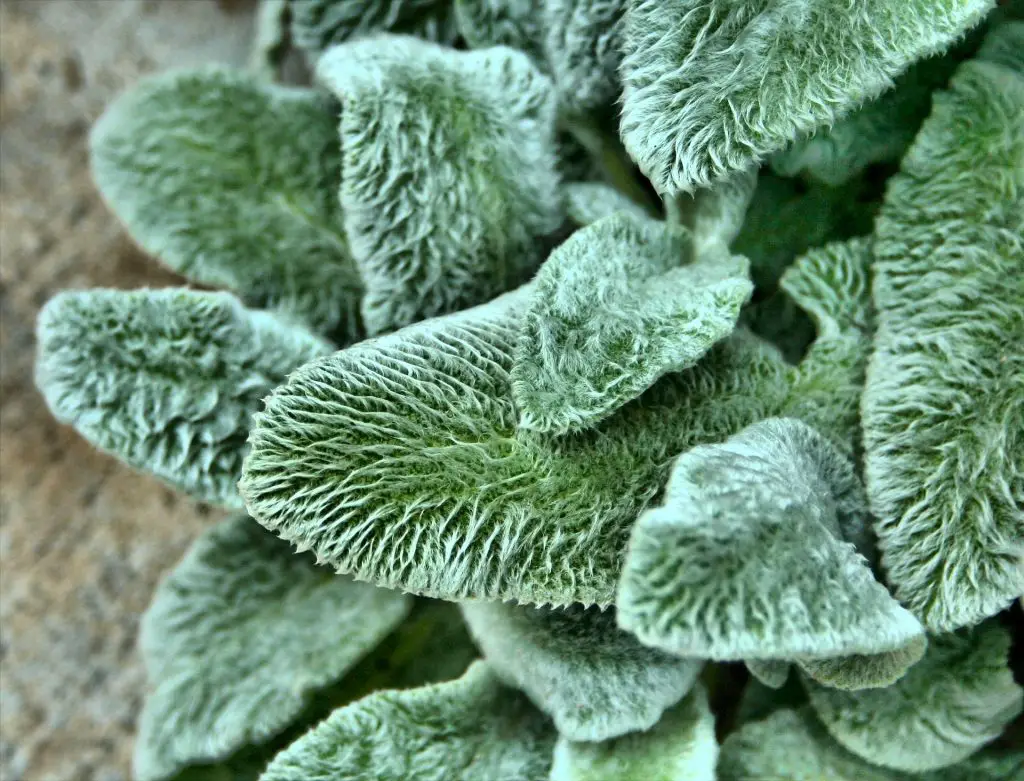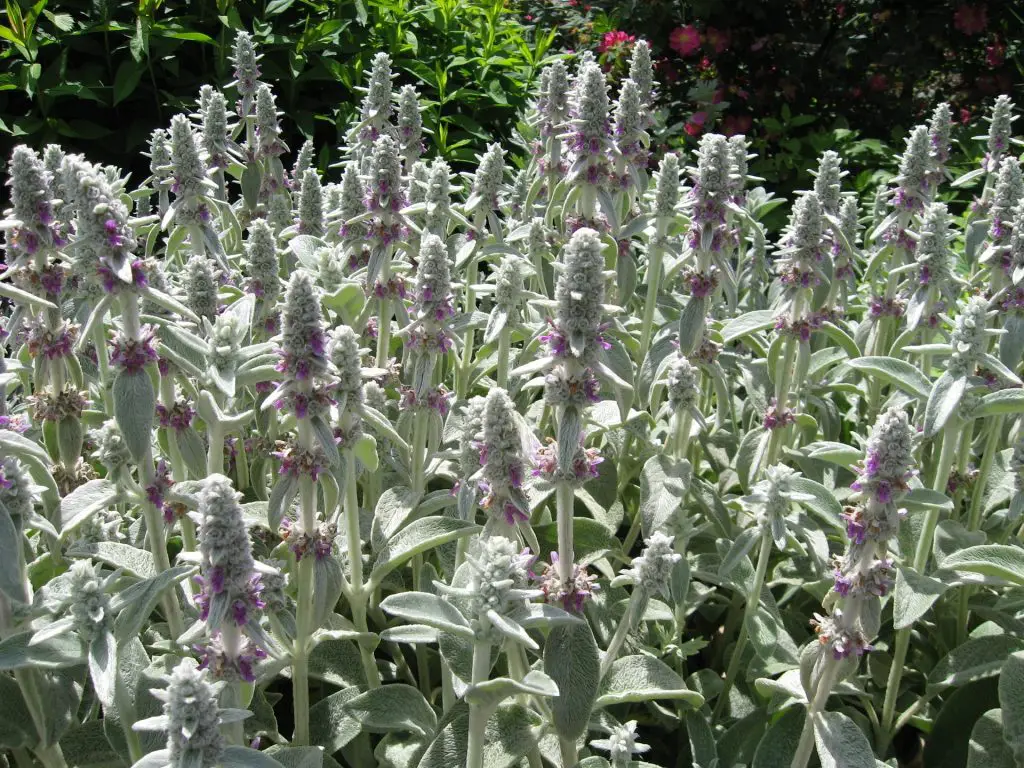Is Lamb’s Ear A Succulent? The variety of succulents is huge, with hundreds of different species which include plants such as aloes, cacti, and euphorbias to name a few. Given this degree of variation, it may lead you to wonder if Lamb’s ears, which is an extremely drought tolerant plant, are also succulents.
Lamb’s Ear is not a true succulent. It is actually a member of the Lamiaceae family and is often mistaken for a true succulent as it features a superficial resemblance to some succulent plants. The defining feature of succulent plants they are often deserts dwelling plants that store water in their leaves and stems.
Due to this capability succulents are well-known for their ability to retain a lot of water, and can go many days without much water. Many succulents originated in places like Africa, the middle east, Mexico and southern parts of the USA where conditions are dry and arid.
What is a succulent?
Succulent plants are plants that have some parts that are more than normally thickened and fleshy, usually to retain water in arid climates or dry soil conditions. In addition to this succulents also have several other adaptions that help them to save water.
One of the most important adaptions is the method of photosynthesis known as CAM photosynthesis (Crassulacean Acid Metabolism) which is fundamentally different from other plants.
In this process, they absorb carbon dioxide at night through their stems to avoid water loss and store it for use during the day when the sunlight is available during the day to complete the process of CAM photosynthesis. This process reduces moisture loss by 97%.
In addition to this many species have hairs or spines that help shade leaves or stems from the sun and insulate the plant from some of the effects of drying winds.
They also have stems that are capable of increasing in volume allowing additional water storage when available.

About Lambs Ears
Stachys byzantina, the lamb’s-ear or woolly hedgenettle, is a species of flowering plant in the mint family that is native to the middle east. It is an herbaceous perennial commonly used in cottage gardens.
Lamb’s-ear (Stachys byzantina) produces flowers in late spring and early summer and can be growns in U.S. Department of Agriculture plant hardiness zones 4 through 9. The flowers produced are small and light purple in most cases. The plants tend to be evergreen but can “die” back during cold winters and regenerate new growth from the crowns when the winter weather returns.
Lamb’s-ear is commonly grown in sensory gardens to help autistic children or the vision impaired because they are easy to grow plants that have felt-like leaves. However, they are also grown as an edible plant in South America where the leaves are battered and deep fried.
While most gardeners are familiar with the purple flowering there are also cultivars with white flowers and variegated varieties such as the ‘Striped Phantom’
How To Grow Lambs Ears
Lamb’s Ears (Stachys byzantina) is an attractive perennial belonging to the mint family, mainly grown to enjoy the bold silkiness of its fuzzy leaves, resembling lamb’s ears. The enchanting flowers are a brilliant magenta-pink, while the fuzzy fruit contains a sweet, succulent orange flesh. These fuzzy leaves come in a classic silvery green, while some variations have a brownish magenta conversion.
Aside from its foliage interest, it is drought tolerant, deer and rabbit resistant, and requires low maintenance and low watering, and is extremely easy to grow. It features a low, spreading habit and forms a compact mound up to 6-8 inches tall (15-20 cm) however when in flower it reachers a height of 12-18 inches (30-45 cm). Over time it will spread of 12-36 inches (30-90 cm) wide.

This plant thrives in full sun or light shade, on average, dry to medium, well-drained soils. But it can tolerate poor soil conditions. It makes a wonderful for edging beds, softening hard corners and walks, or when planted on mass.
It also spreads readily through self-seeding as well as expansion of the root system making it ideal for ground cover. They are suited to be grown in hardiness zones 4 – 9.
To grow Lamb’s Ear plants from seed it is best to sow them in late winter. As it is relatively cold it is best to store the trays indoors and near a bright window that gets plenty of sunlight. Alternatively, try using a heated propagation which will ensure the climatic conditions are ideal for covering seeds.
To plant Lamb’s Ear seeds into the soil, remembering not to cover them. Keep the seeds moist until germination. As they are a slowing plant you will typically need to wait for 6 to 8 weeks before they can be transplanted into the garden at a spacing of 18 to 24 inches (45cm to 60cm).
They should ideally be planted in full sun or light shade in well-drained soils that are rich in nutrients however they can tolerate poor soil conditions. To keep them looking good remove any damaged leaves and divide them every 2 to 4 years to prevent overcrowding.
Popular cultivars of lamb’s ears are Stachys byzantina ‘Helen von Stein’ or ‘Big Ears’ which have attractive and fragrant foliage and Stachys byzantina ‘Silver Carpet’ with incredibly attractive silvery-green leaves. Both cultivars rarely bloom but provide excellent ground cover.
Relevant Articles
Is The Such A Thing As A Euphorbia Cactus?
What Is The Difference Between Cactus And Aloe Vera?
What is the Difference Between a Cactus And An Agave?
Can Cactus Carry Out Photosynthesis?
